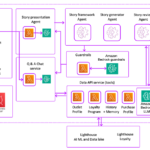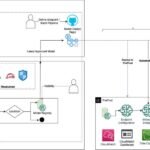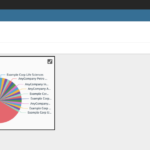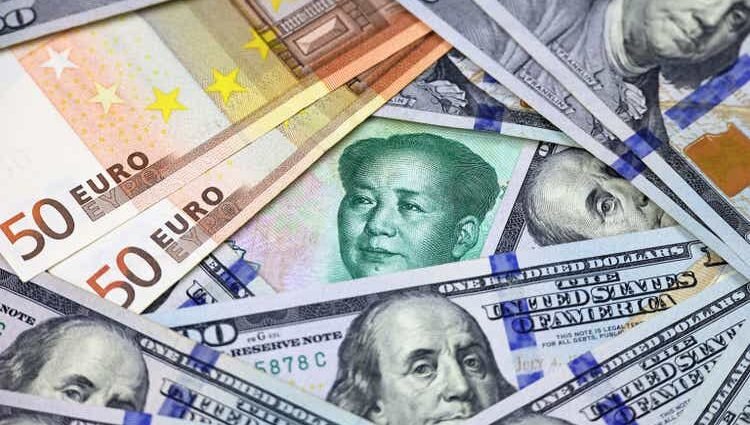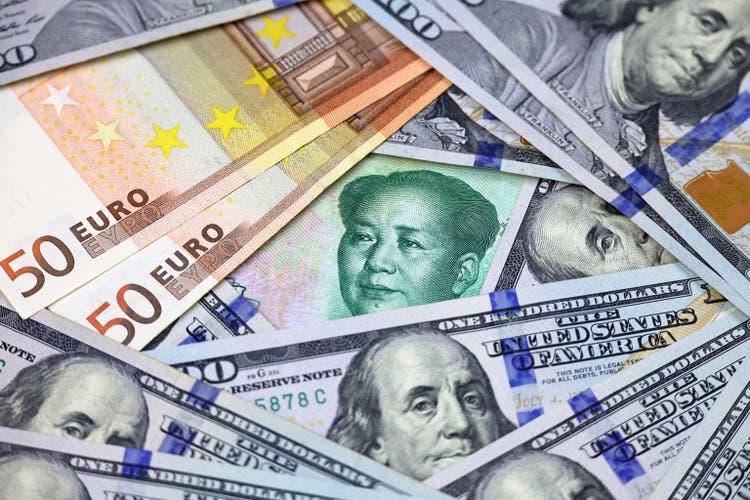
Oleg Elkov
The U.S. dollar as measured by the widely watched US Dollar Index (DXY) “screens as expensive” relative to its key drivers, and the currency’s resilience looks set to persist in the near-term, Bank of America said this week.
The Dollar Index (DXY) was around 105.81 on Friday, up about 0.2%, and has gained 4.4% YTD. The index is about 3% stronger than its key drivers imply, with Bank of America in a note Thursday saying key drivers are Federal Reserve monetary policy, Chinese economic conditions and energy prices.
What’s likely behind the strength is euro risk and dollar demand in carry trade strategies, Bank of America FX Strategist Adarsh Sinha said. A euro (EUR:USD)(USD:EUR) risk premium stems from uncertainty surrounding France’s snap election, with two rounds to be held on June 30 and July 7.
Meanwhile, there’s “carry demand for high-yielding USD in a low volatility environment, especially vs. the likes of JPY,” Sinha said, referring to the Japanese yen. The yen (JPY:USD)(USD:JPY) has slumped +11% YTD against the dollar, largely because of the wide gap in interest rates between the U.S. and Japan.
“While we maintain our forecast for medium-term USD depreciation, this may have to wait until we are closer to Fed cuts and there is more evidence of China recovery,” Sinha said, referring to those elements as the two biggest fundamental drivers of the U.S. dollar. “Until then, hedging against near-term USD strength seems prudent to us.”
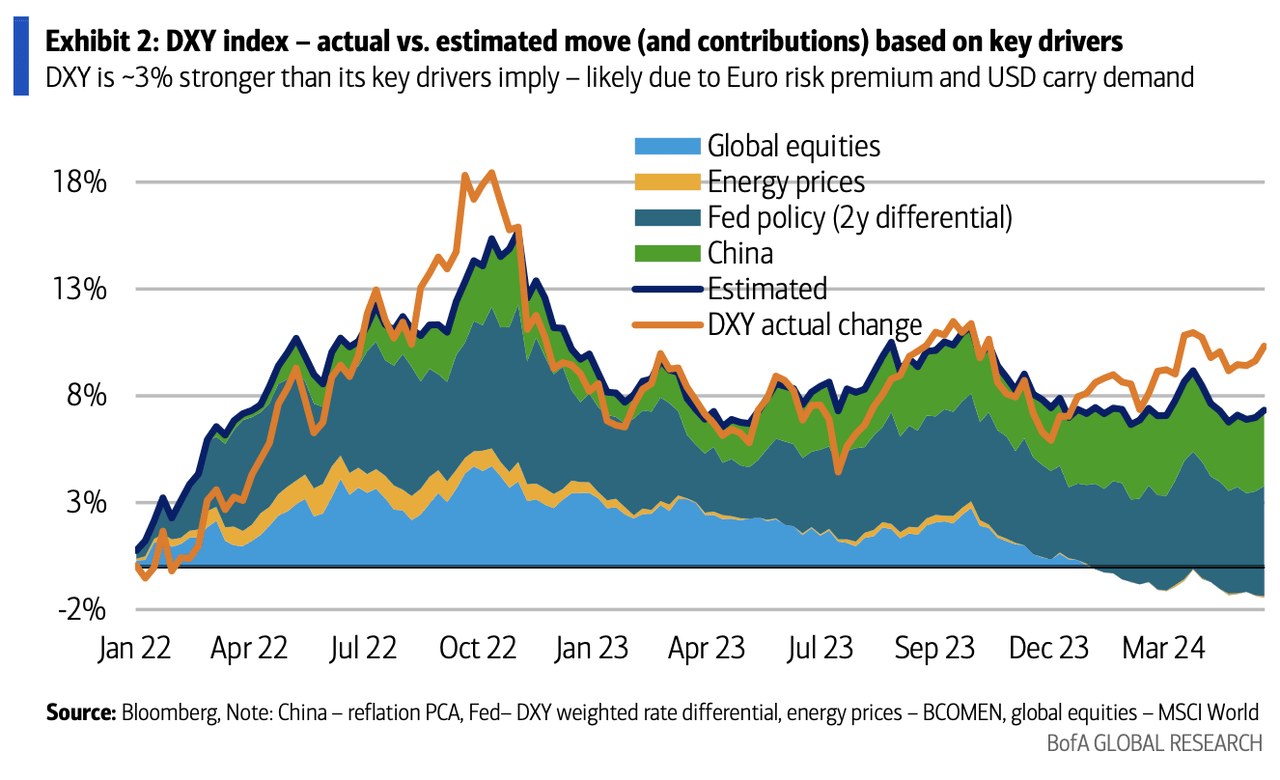
The dollar on Friday was buying 159.595 yen, up 0.4% a day after the U.S. Treasury Department added Japan to a list of countries it will monitor for currency manipulation. Japanese authorities this year purchased yen and sold dollars, strengthening the yen’s value, Treasury said.

